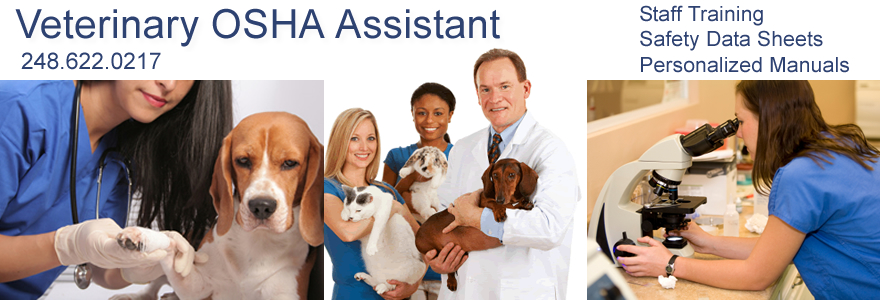OSHA Regulations Overview
Individual State Safety and Health Programs:
State plans are OSHA approved job safety and health programs operated by individual states instead of Federal
OSHA.
The OSHA Act encourages states to develop and operate their own job safety and health plans and precludes state enforcement of OSHA standards unless the state has an approved plan. OSHA approves and monitors all state plans.
The state plans must be at least as effective as Federal OSHA requirements.
State plans covering the private sector also must cover state and local government employees. OSHA rules also permit states and territories to develop plans that cover only public sector (state and local government) employees.
In these cases, private sector employment remains under Federal OSHA jurisdiction. Twenty-two states and territories operate complete plans and four cover only the public sector. These states are listed below and on the OSHA website at www.osha.gov.
State Plans
States with approved plans cover most private sector employees as well as state and local government workers in the state.
Federal OSHA continues to cover federal employees and certain other employees specifically excluded from a state’s plan; for example, in some states those who work in maritime industries and on military bases.
The following states have OSHA-approved State Plans:
- Alaska
- California
- Connecticut
- Hawaii
- Indiana
- Iowa
- Kentucky
- Michigan
- Minnesota
- Nevada
- New Jersey
- New Mexico
- New York
- North Carolina
- Oregon
- Puerto Rico
- South Carolina
- Tennessee
- Utah
- Vermont
- Virginia
- Virgin Islands
- Washington
- Wyoming
NOTE: The Connecticut, New Jersey, New York, and Virgin Islands plans cover public sector (state and local government) employment only.
OSHA Standards
In general, OSHA standards require that employers:
-
Maintain conditions or adopt practices reasonably necessary and appropriate to protect workers on the job.
-
Be familiar with and comply with standards applicable to their establishments.
- Ensure that employees have and use personal protective equipment when required for safety and health.
Hazards Addressed by OSHA Standards
OSHA issues standards for a wide variety of workplace hazards, including:
- Toxic substances
- Harmful physical agents
- Electrical hazards
- Fall hazards
- Trenching hazards
- Hazardous waste
- Infectious diseases
- Fire and explosion hazards
- Dangerous atmospheres
- Machine hazards
- Confined spaces
In addition, where there are no specific OSHA standards, employers must comply with the OSHA Act’s “General Duty Clause. ”
The general duty clause, Section 5(a)(1), requires that each employer:
“furnish ... a place of employment which [is] free from recognized hazards that are causing or are likely to cause death or serious physical harm to his employees."
Download our comprehensive OSHA compliance checklist for veterinary facilities
